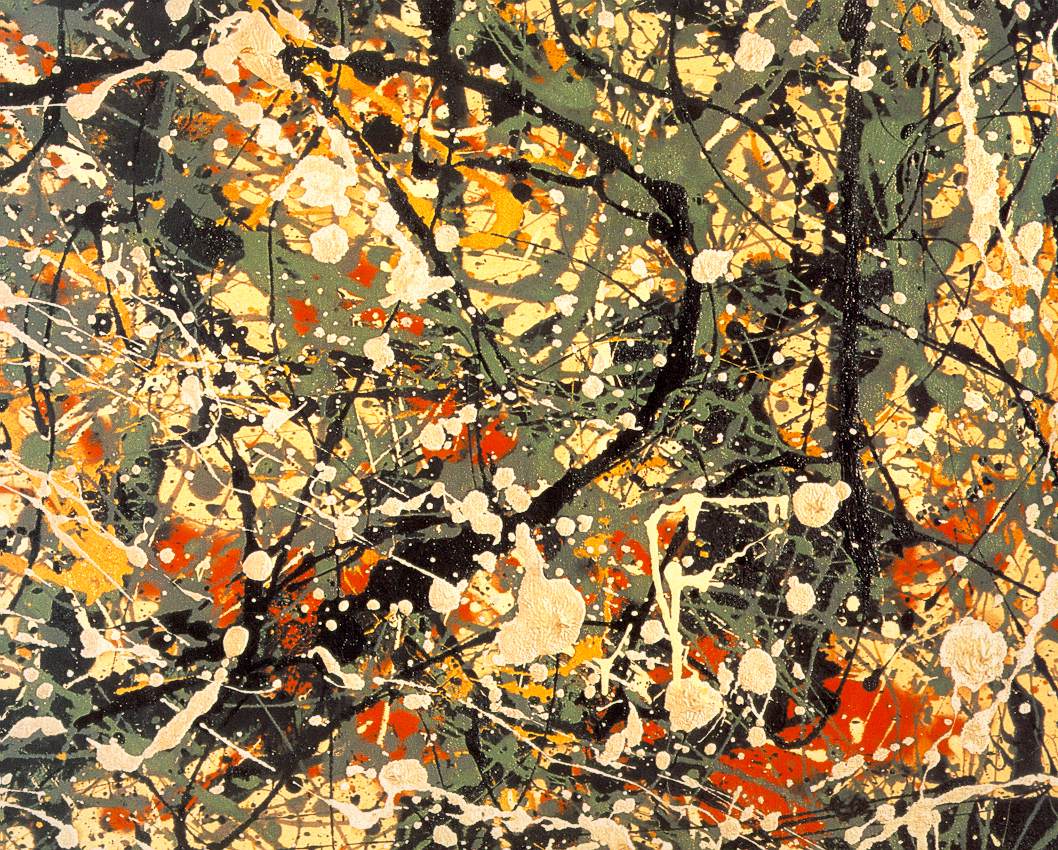 Yes, I have been mining the Netflix vaults for model railroad videos to consume, and while I wait for the Bob Symes How to Build Model Railroads DVD (which is apparently popular since I have been waiting for a few weeks already), I had the opportunity to view a Mike's Train House production, Great MTH Layouts.
Yes, I have been mining the Netflix vaults for model railroad videos to consume, and while I wait for the Bob Symes How to Build Model Railroads DVD (which is apparently popular since I have been waiting for a few weeks already), I had the opportunity to view a Mike's Train House production, Great MTH Layouts.This is a fairly good quality production of a "hey this is fun" genre video. I will confess I am in the "serious modeler" category that the narrator pokes at a couple of times and not in the toy train collector target audience, so I did not watch every second of each layout tour. The presentation was very geared towards generating consumer interest, and I can get past that considering a manufacturer of toy trains produced it.
Good camera work and the interviewees are well spoken and edited pretty well into the B roll of trains zipping around. There is a good variety of types of layout from the table-top temporary set up with no modeled scenery to the more realistic layouts. The narration continues to point out that these were not models, but rather toys, and that operations and/or simulation of the prototype is not the point of the activity.
This is where it started my thinking.
The video concentrated on the sensory experience of the toy train market, which I find the most interesting aspect of the video. This was some insight into the hobby that I had not previously figured out, but I've been meaning to give it some thought for awhile now: what are the different motivations behind the different modes of model railroading?
I'm finally getting to the point where I can easily see the connections between my current actions and childhood experiences that inform them, and turning this gaze on model railroading could be amusing. In the video it is clear that the collectors are looking to feel the thrill of the experience of the moving trains that they had as kids. The "sights and sounds" category of enthusiast obviously enjoys that rush we all had at one point or another of playing with a new toy at Christmas, and collecting and running (versus operating) trains tickles that pleasure center. I totally get that. The having versus making satisfaction and the seeing versus doing inclination is what separates the "collector / runner" and the "modeler / operator". This sort of definition could begin to fill out a matrix of scales and type of experience that could map the tendencies of different scales and modeling styles pretty easily (a rainy day project?).
What is great about this is that it is the way someone engages with the hobby that determines the outcome of their efforts and play. Methods of doing and the process of doing them are what is focussed on in magazines as a craft and sometimes with a philosophical foundation for the actions in support of the method. The "good enough" versus the "rivet counter" modelers approach to the practice of modeling in very different ways provide differing results that can/should be appreciated in different ways.
 |
| Number 8, 1949 (detail) 1949, Jackson Pollock |
I take the view that the inherent logic and application of one's own set criteria is the more important thing when learning from others. Now when you get within an established order and identify with a set of criteria, then it is open season on criticism to make that established practice better. The problem is when people are judging by their own set criteria other's work that does not share that set of criteria. That is just unproductive at best, and hurtful at worst.
I try to practice this when I visit or see any model railroad (or any endeavor for that matter). I try to be careful to ask questions about what the intent is (usually it is obvious anyway) before I start appreciating the work so that I know how I am supposed to approach it.
 |
| Sunflowers, 1888, Vincent van Gogh |
That's being said, I love to challenge both others' and my own criteria to help strengthen the logic and the outcomes. This constant testing of beliefs and goals is a good way to produce consistent and satisfying results no matter what you set out to do.
So back to the video. Like so many things I come across, it wasn't that I could take anything specific away from it that I could apply directly to anything I'm doing, but rather it got me thinking about things in general and helped clarify my thoughts on a different level. For that, I'm glad I spent some time watching something that I wouldn't normally be interested in.
Besides all that, though, sometimes it's just fun to watch toy trains be toy trains.
No comments:
Post a Comment